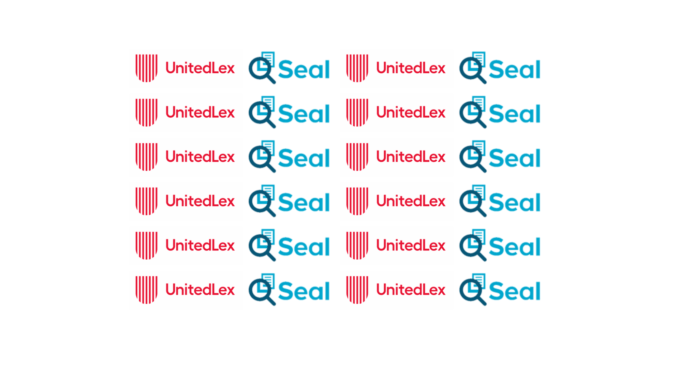
UnitedLex And Seal Software – How We Will Work Together
Guest post by Gabriel Buigas, Senior Vice President, Digital Contracting & Commercial Solutions at UnitedLex
At UnitedLex we announced a master collaboration agreement earlier this year with Seal Software to deliver a contract negotiation solution leveraging Seal’s industry-leading artificial intelligence (AI) platform. As reported in Artificial Lawyer, this decision was the result of extensive evaluation of a number of AI platforms in the UnitedLex Technology Incubation Lab.
Here we discuss just what this collaboration means in practice and what it says for the wider adoption of AI tools in the legal industry.
How does the collaboration work?
Seal’s AI platform will integrate with UnitedLex’s end-to-end contracts lifecycle system to instantly compare third-party contracts and language against a client’s contracting standards, with the aim of determining what further actions need to be taken. It will be used broadly by lawyers and other commercial professionals to expedite the review and negotiation of live deals.
The collaboration is focused on implementing the tool in an existing client environment and for more complex use cases. A lawyer or a commercial contracts negotiator will be able to quickly assess customer or vendor proposed language against company standards, determine its acceptability (or the need to further negotiate), and if required insert company preferred language into the contract.
Our deployment of Seal will allow us to quickly review Master Services Agreements on third party paper (a very common use case in a sales environment) and quickly assess what needs further negotiation.
This is a significant productivity enabler and we believe that it will be the way in which most professionals supporting a commercial transaction should go about their work in the near future.
How is this different from AI used today?
This is significantly different from how AI is commonly used today, which is to extract data from legacy contracts. Indeed, most AI use cases to date have tended to focus on post-signature contract review and data extraction. But this misses an opportunity, even if it is an important use case to ensure compliance or conduct due-diligence in a cost-effective way.
There is a crucial opportunity to improve time to revenue and reduce contracting support costs by having AI that operates before the signature on the contract is signed. Moreover, too many AI examples today focus on non-disclosure agreements (NDAs) or similar simple use cases.
Ultimately, this partnership goes beyond simply deploying an AI application. It is the most comprehensive deal of its type in the market to date in terms of how we will deploy Seal in our solutioning to ensure broad usage is achieved for the benefit of our clients.

What are the benefits?
We are offering a tailored solution. Due to the fact that UnitedLex is able to deploy its own skilled resources to work closely with the Seal development team in improving the pre-built AI models – for example to more accurately assess a company’s specific commercial terms/risk profile – we can make sure this solution is adapted for their specific needs and objectives.
Analysis of third-party forms is one of the most complex and time-consuming aspects of the contracting process. UnitedLex clients will be better-equipped to manage the risks and exposure associated with pending and existing contracts, while saving time and money by expediting the deal negotiation or re-negotiation cycle and reduces related support costs. We forecast that our clients will achieve significant revenue acceleration due to more-rapid contracting cycle times.
How will success be measured?
We will measure success on a client-by-client basis. Specific to each client environment, we will track the cost reductions that will be enabled by this use case, but also by the reduction on contract cycle times from our resources using this application.
1 Trackback / Pingback
Comments are closed.